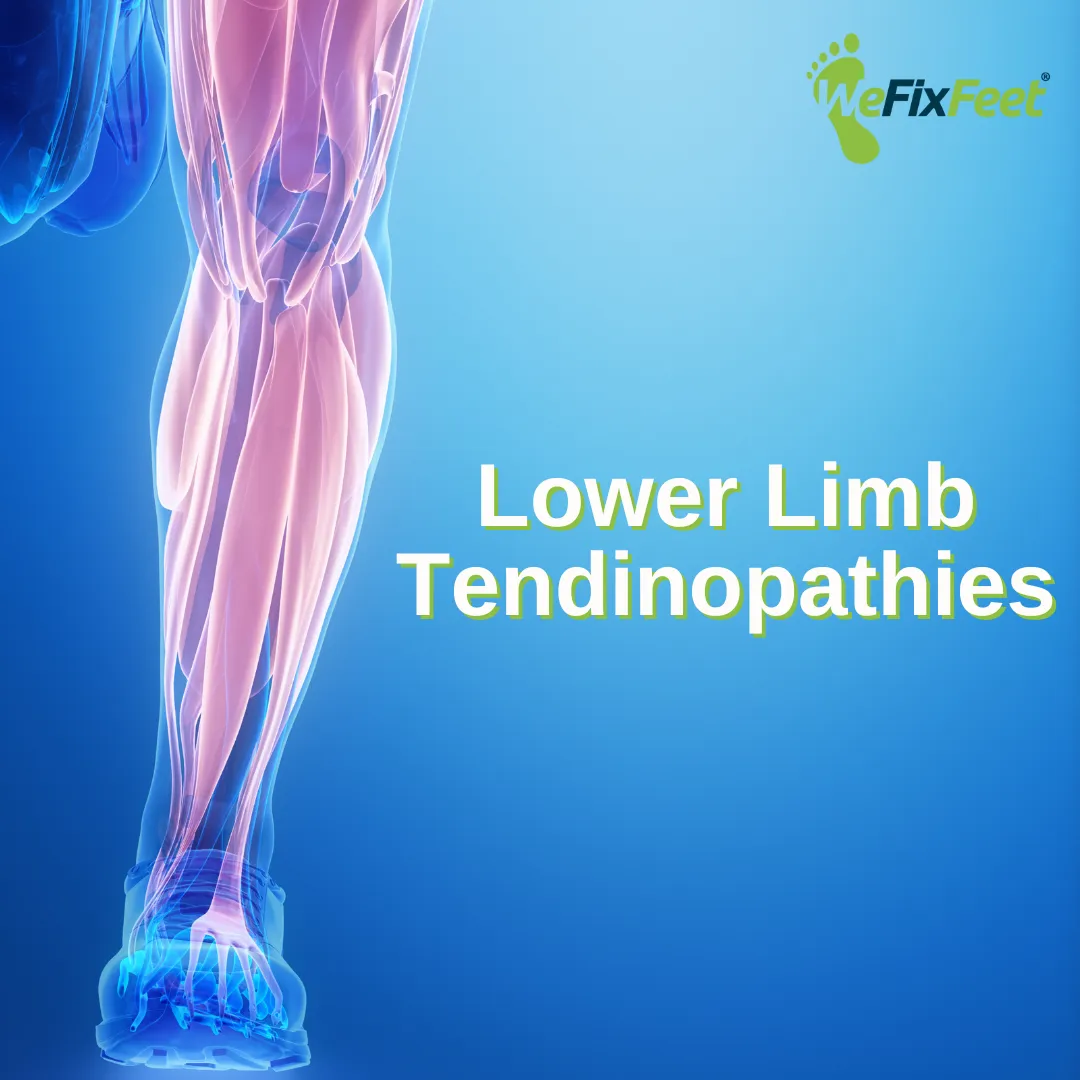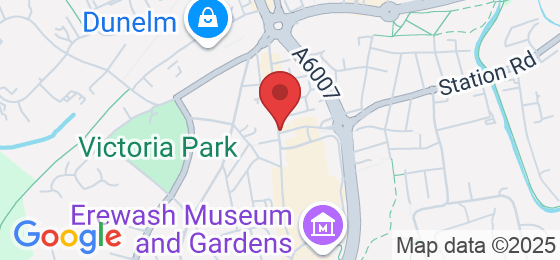
Understanding Lower Limb Tendinopathies: Signs, Symptoms, Causes, and the Role of Shockwave Therapy

Understanding Lower Limb Tendinopathies: Signs, Symptoms, Causes, and the Role of Shockwave Therapy
Lower limb tendinopathies are common yet often misunderstood conditions that can cause significant discomfort and impair mobility. These conditions affect the tendons, which are the strong, fibrous tissues that connect muscles to bones. When tendons are overused or injured, they can become painful and swollen, leading to what is known as tendinopathy.
Tendinopathies in the lower limbs can affect various areas, including the Achilles tendon, patellar tendon, and tendons around the hip and ankle. Each type presents with its unique set of symptoms and challenges, but they all share common characteristics that make them a significant concern for those affected.
Signs and Symptoms:
Tendinopathy symptoms can vary depending on the tendon affected, but general signs include:
Pain and tenderness in the affected tendon, especially during or after activity
Stiffness in the tendon, particularly in the morning or after periods of inactivity
Swelling around the tendon
A creaking or crackling sensation when moving the affected area
Weakness in the affected limb, making it difficult to perform usual activities
For instance, Achilles tendinopathy typically presents with pain and stiffness at the back of the heel, while patellar tendinopathy, also known as jumper's knee, causes pain at the front of the knee, just below the kneecap.
Causes:
The primary cause of tendinopathy is repetitive strain or overuse, which can lead to small tears in the tendon tissue. These micro tears can accumulate over time, leading to inflammation and degeneration of the tendon. Factors that contribute to the development of tendinopathies include:
Sudden increase in physical activity or intensity
Poor technique in sports or exercise
Inadequate warm-up before physical activity
Wearing inappropriate or worn-out footwear
Muscle imbalances or weaknesses
Age-related changes, as tendons become less flexible and more prone to injury
Occupations that require repetitive movements or prolonged periods of standing can also increase the risk of developing tendinopathies.
How Shockwave Therapy Can Help:
Shockwave therapy is an advanced, non-invasive treatment that has shown promising results in treating tendinopathies. This therapy uses high-energy sound waves to stimulate the body's natural healing processes and promote the repair of damaged tendon tissue.
Mechanism of Shockwave Therapy:
Shockwave therapy works by delivering targeted sound waves to the affected area. These sound waves create micro-trauma in the tissue, which triggers the body's healing response. The benefits of shockwave therapy include:
Increased Blood Flow: The therapy stimulates blood circulation in the affected area, enhancing the delivery of oxygen and nutrients necessary for tissue repair.
Reduction of Pain: Shockwave therapy helps to disrupt the pain signals sent to the brain, providing significant pain relief.
Breakdown of Calcifications: In some cases, tendinopathies are associated with calcifications within the tendon. Shockwave therapy can help break down these calcifications, allowing for better healing.
Stimulation of Collagen Production: Collagen is a crucial component of tendon tissue. Shockwave therapy stimulates collagen production, aiding in the regeneration of healthy tendon fibers.
Treatment Process:
A typical shockwave therapy session lasts about 20-30 minutes and involves the following steps:
Assessment: The therapist evaluates the affected area to determine the precise location of the pain.
Application: A gel is applied to the skin to facilitate the transmission of sound waves. The shockwave device is then used to deliver controlled pulses to the affected tendon.
Post-Treatment: Patients may experience some redness and mild discomfort immediately after the session, but these effects are usually short-lived. Most patients require multiple sessions over several weeks for optimal results.
Advantages of Shockwave Therapy:
One of the significant advantages of shockwave therapy is that it is non-invasive, meaning there is no need for surgery or injections. This reduces the risk of complications and allows for a quicker recovery time. Additionally, shockwave therapy can be used in conjunction with other treatments such as physical therapy, orthotics, and anti-inflammatory medications to enhance overall outcomes.
Lower limb tendinopathies can be debilitating, affecting your ability to perform everyday activities and enjoy your favourite sports. Understanding the signs, symptoms, and causes of these conditions is crucial for effective management. Shockwave therapy offers a promising treatment option, providing relief and promoting healing without the need for invasive procedures.
If you're struggling with tendon pain and seeking a non-invasive treatment option, consider shockwave therapy. Contact We Fix Feet for a comprehensive evaluation and personalised treatment plan. Book an appointment online or call us at 0115 9328832 to start your journey towards pain-free living.
Ask The We Fix Feet Team
Fill in the form to request a Call From Our Team
One of our team will call you for FREE and answer any questions or concerns you may have about your uncomfortable foot condition

Where To Find We Fix Feet
Our We Fix Feet podiatry clinics are conveniently located in Ilkeston, Derbyshire and Beeston, Nottinghamshire
Open: Mon-Fri 09:00-17:00 / Sat 09:00-13:00
94 Bath Street, Ilkeston, Derbyshire DE7 8FE
8 Wollaton Road, Beeston, Nottinghamshire NG9 2NR
Pay and display parking nearby




